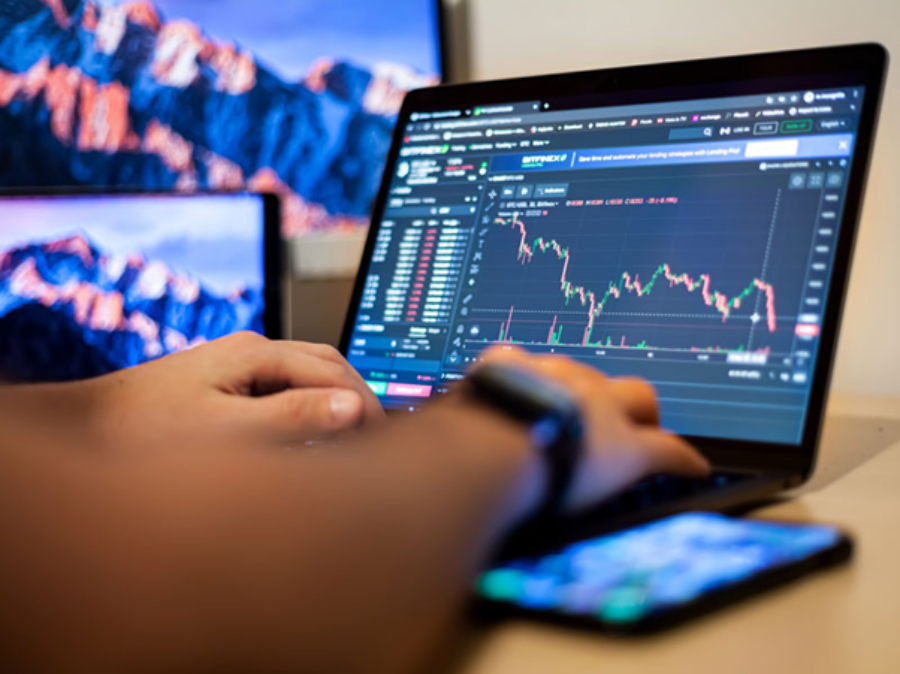
Currency pairs are the foundation of the foreign exchange (forex) market. When you participate in forex trading, you’re not buying or selling a single currency — you’re always dealing with two. Understanding how these pairs work, how they’re quoted, and what influences their movements is essential for anyone planning to trade, whether you’re based in New York, London, or forex Thailand markets.
This article explains the structure of currency pairs, their classifications, and how traders interpret and use them in decision-making.
What Is a Currency Pair?
A currency pair represents the relative value of one currency against another. In every forex transaction, you simultaneously buy one currency and sell the other. For example, in the EUR/USD pair:
- EUR is the base currency.
- USD is the quote (or counter) currency.
- If EUR/USD = 1.1200, it means 1 euro equals 1.12 US dollars.
When you expect the base currency to strengthen against the quote, you buy the pair (go long). If you expect it to weaken, you sell the pair (go short).
Types of Currency Pairs
Currency pairs fall into three main categories based on liquidity and trading volume:
1. Major Pairs
These include the most traded currencies globally and always contain the US dollar.
Examples:
- EUR/USD
- GBP/USD
- USD/JPY
- USD/CHF
Features:
- High liquidity
- Tight spreads
- Influenced by major economies and global financial events
2. Minor Pairs
These pairs do not include the US dollar but involve other major currencies.
Examples:
- EUR/GBP
- AUD/JPY
- GBP/CHF
Features:
- Lower liquidity than majors
- Slightly wider spreads
- Still actively traded in regions like forex
3. Exotic Pairs
These involve one major currency and one from an emerging or less-traded economy.
Examples:
- USD/THB (US Dollar / Thai Baht)
- EUR/TRY (Euro / Turkish Lira)
- GBP/SGD (British Pound / Singapore Dollar)
Features:
- Higher spreads
- More volatility
- Greater sensitivity to local political and economic events
How Currency Pairs Are Quoted
Most forex quotes are given to four decimal places. The smallest price movement is known as a pip (percentage in point), usually the fourth decimal (0.0001), except for pairs involving the Japanese yen, where it’s the second decimal (0.01). Accurate pip calculation is essential for evaluating trade outcomes and managing risk. Many traders rely on the best forex broker in Thailand to access precise quoting systems and stable execution, which can be crucial in volatile market conditions.
Example:
If EUR/USD moves from 1.1200 to 1.1205, it has increased by 5 pips.
Base vs Quote Currency: What You’re Really Doing
When you buy EUR/USD, you are:
- Buying euros
- Selling dollars
When you sell EUR/USD, you are:
- Selling euros
- Buying dollars
Understanding this relationship is important for interpreting market news and aligning it with your trades.
What Influences Currency Pair Movements?
Several key factors affect the value of currency pairs:
| Factor | Impact on Currency Pairs |
| Interest rates | Higher rates attract investors and strengthen currency |
| Economic data | Strong GDP, low unemployment support currency strength |
| Geopolitical events | Uncertainty can weaken a currency |
| Trade balances | Surpluses support, deficits weaken currencies |
| Central bank policy | Tightening supports, easing pressures currency |
In forex, for example, announcements from the Bank of Thailand or movements in regional trade balances often impact the THB’s strength against major currencies.
Cross Currency and Triangular Relationships
Cross currency pairs like EUR/GBP or AUD/NZD don’t involve the USD but still reflect complex global dynamics. Traders also use triangular relationships to analyze indirect connections between three currencies. For instance: if EUR/USD = 1.12 and USD/JPY = 110, then EUR/JPY should be close to 1.12 × 110 = 123.20 (ignoring spreads or fees). Such relationships help in identifying price discrepancies and opportunities in the market. Many traders prefer platforms like mt5 macos to track these movements efficiently, thanks to advanced charting and analysis tools.







